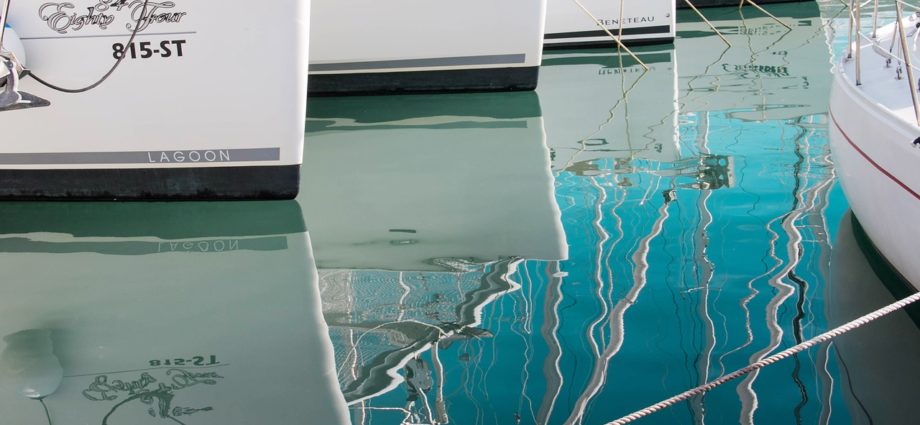Swimming pools provide endless hours of fun and relaxation, especially during the warm summer months. However, it’s crucial to recognize the potential risks associated with home swimming pools, particularly regarding children’s safety. Drowning incidents are a significant concern, but we can prevent accidents and create a safe pool environment by taking proactive measures.
Children are naturally curious and can be drawn to the allure of a swimming pool. Unfortunately, their lack of understanding of water safety makes them vulnerable to drowning accidents. According to statistics, drowning is one of the leading causes of accidental death among children worldwide. In many cases, these tragedies occur due to unsupervised access to pools.
Having Proper Barriers And Fencing Around Home Pools
It is imperative to have adequate barriers and fencing around home swimming pools to mitigate the risk of drowning. These safety measures act as a physical barrier and prevent unauthorized access, especially for young children. Here are some key points to consider:
Secure Fencing
Installing a sturdy fence around your pool is essential in creating a safe environment. The fence should be four feet high and have self-closing and self-latching gates. Ensure the gate locks automatically to prevent children from entering the pool area without supervision.
Mesh Pool Covers
Using a mesh pool cover is another effective safety measure. These covers are designed to be strong enough to support a child’s weight but also allow rainwater to drain away. A properly installed pool cover acts as an additional barrier, reducing the risk of accidental falls into the pool.
Alarms and Safety Devices
Consider installing alarms and safety devices to detect unauthorized access to the pool area. These can include gate alarms, perimeter alarms, and underwater motion sensors. These systems can provide an added layer of security and help alert adults to any potential danger.
Tips For Creating A Safe Pool Environment And Ensuring Constant Supervision
While physical barriers and safety devices are crucial, constant supervision and proper pool rules are equally important. Here are some practical tips for parents and caregivers to enhance water safety:
Learn CPR and First Aid
Knowledge of CPR (Cardiopulmonary Resuscitation) and first aid is vital in an emergency. Enroll in a certified course to gain the necessary skills to respond quickly and effectively to a drowning incident. CPR is a useful skill to know before having children and becoming a parent.
Establish Pool Rules
Set clear and concise pool rules for everyone to follow. Teach children the importance of staying within the pool, not diving into shallow water, and never swimming alone. Reinforce these rules consistently to instill good habits and prevent accidents.
Provide Adequate Supervision
Never leave children unattended in or around the pool area. Designate a responsible adult as the designated “water watcher” to supervise children while they swim. Avoid phone calls or other activities that may divert attention from monitoring the pool.
Use Flotation Devices
For children who are not yet proficient swimmers, use appropriate flotation devices such as life jackets or arm floaties. However, it’s crucial to remember that these devices do not replace supervision. They merely provide an additional layer of safety.
Teach Swimming Skills
Enroll children in swimming lessons at an early age. Learning to swim not only builds confidence but also equips them with essential water safety skills. However, even with swimming skills, constant supervision is still necessary to fully prevent drowning incidents.
